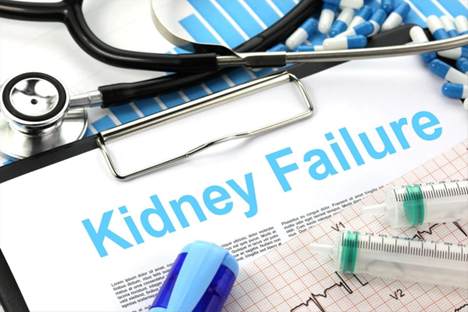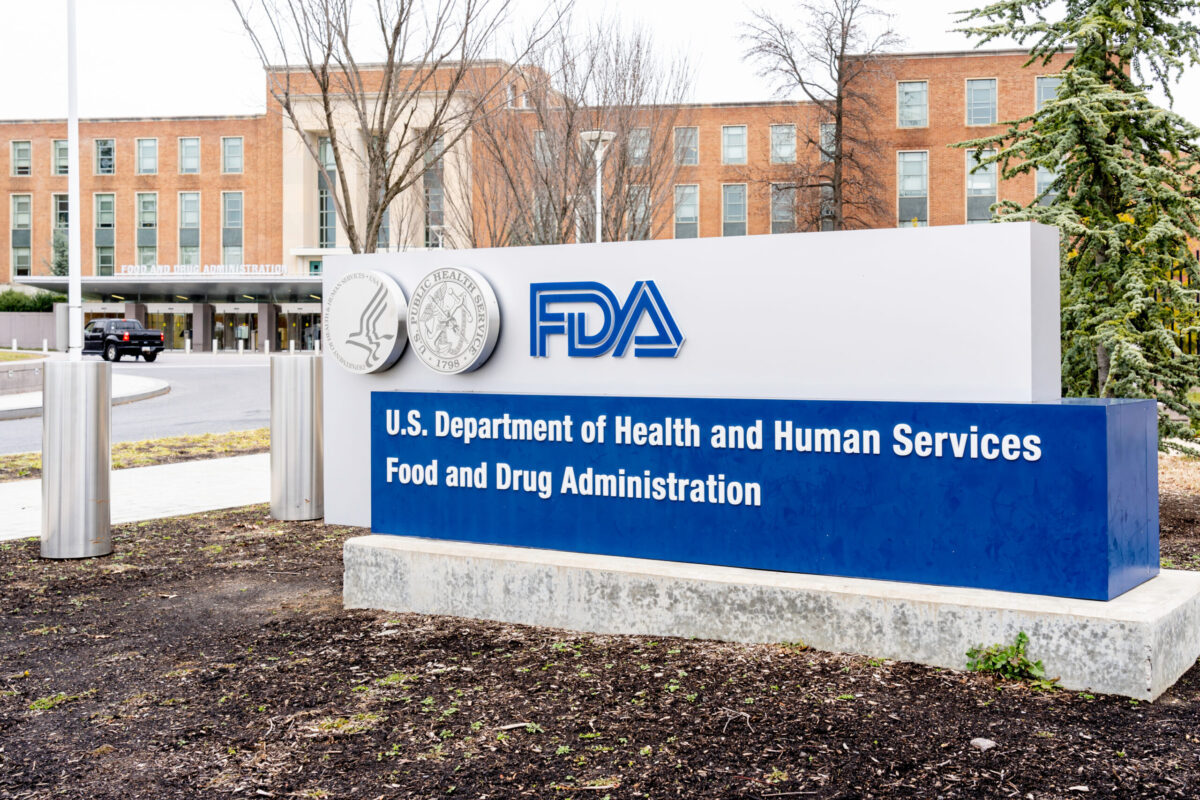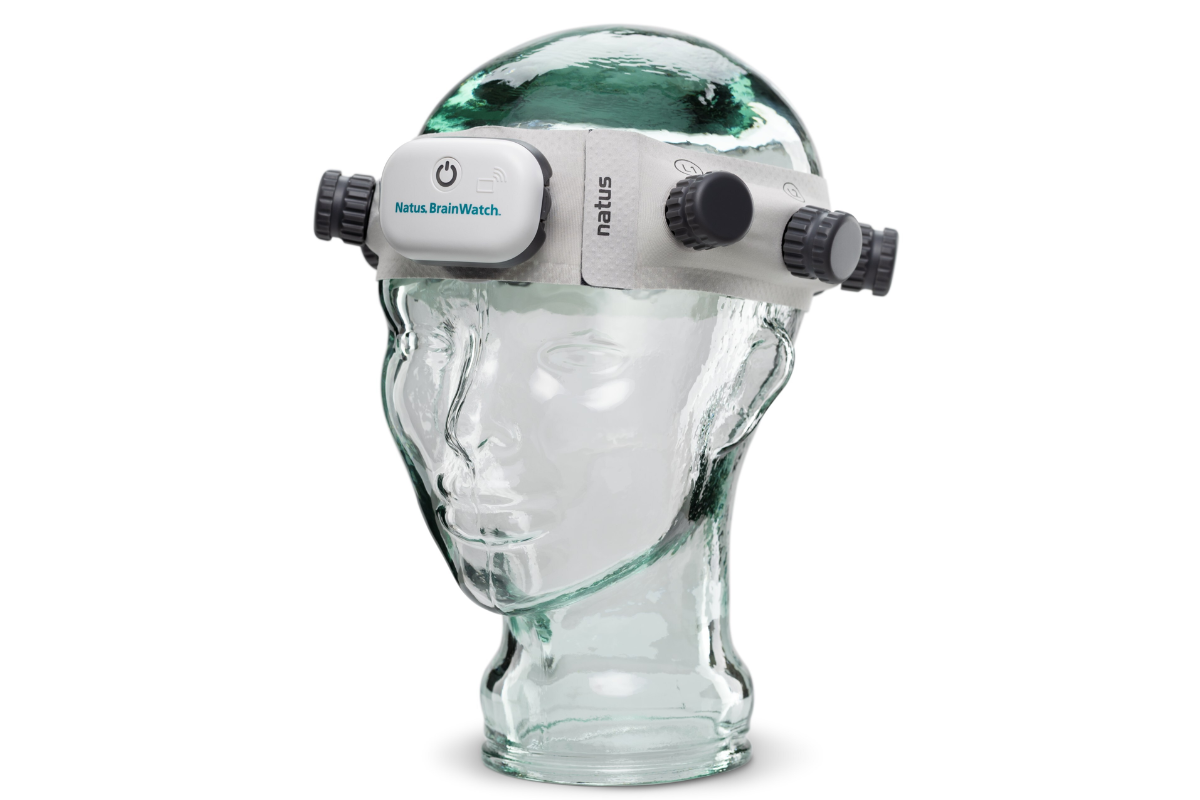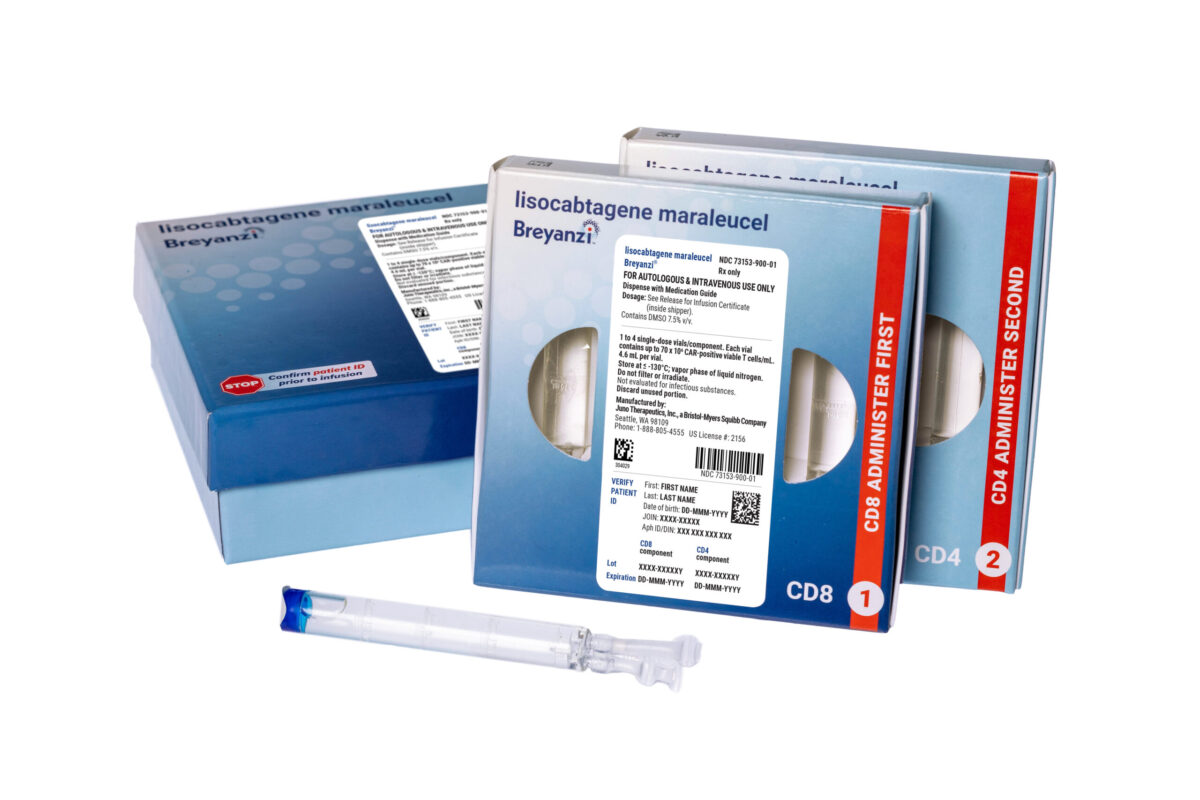Recently, Mallinckrodt announced that Terlivaz (terlipressin) has been approved by the US Food and Drug Administration (FDA) to treat adult patients with hepatorenal syndrome (HRS) with rapid reduction in kidney function.
HRS is a life-threatening condition involving rapid reduction in kidney function in patients with advanced liver disease. HRS affects 30,000 to 40,000 Americans every year. There are currently no specific confirmatory tests for HRS, and it is diagnosed by excluding other possible causes of renal failure.
HRS is classified as type I or type II. Type I HRS exhibits a rapid deterioration of renal function and eventual dysfunction of other vital organs in the body. Type II HRS has a slow progression over several weeks to months. Type II is often associated with refractory ascites, which is ascites (a condition where fluid collects in spaces within the abdomen) that can no longer be managed by medical therapy.
The life expectancy of HRS-affected patients is very low, and the only definitive treatment is liver transplantation.
“Diagnosing and treating HRS can be challenging, and every minute counts when managing patients who have it. Terlivaz gives US physicians the first FDA-approved option for treating HRS patients with rapid reduction in kidney function that may help them improve kidney function and lessen the associated need for renal replacement therapy, such as dialysis,” said Steven Romano, MD, Executive Vice President and Chief Scientific Officer at Mallinckrodt, in the company’s press release.
XTALKS WEBINAR: Time for Change in NASH: How Non-Invasive Biomarkers are Driving a Paradigm Shift in Clinical Trials and Clinical Care
Live and On-Demand: Thursday, October 27, 2022, at 10:30am EDT (4:30pm CEST/EU-Central)
Register for this free webinar to learn how non-invasive tests (NITs) can help overcome the under-diagnosis of nonalcoholic steatohepatitis (NASH), as well as emerging NITs for use in both clinical trials and clinical care.
Terlivaz — A Treatment for the Dreaded HRS
Terlivaz is a vasopressin receptor agonist. More than 70 research publications and presented abstracts on clinical data show the potential of Terlivaz for treating HRS.
The mechanism of action of Terlivaz involves increasing renal blood flow in patients with HRS by increasing mean arterial pressure (MAP) and effective arterial volume and decreasing portal hypertension and blood circulation in portal vessels.
A limitation of use is that patients with a serum creatinine concentration greater than 5 mg/dL are unlikely to experience a benefit with Terlivaz.
Terlivaz is recommended by the American Association for the Study of Liver Diseases (AASLD) guidance and the American College of Gastroenterology (ACG) guidelines.
“The FDA approval of Terlivaz is a significant milestone for Mallinckrodt as it brings an important treatment option to these critically ill patients requiring hospitalization and to US physicians who historically have had limited treatment interventions. We’re excited to bring Terlivaz to US patients and physicians and plan to launch the product in the coming weeks,” said Siggi Olafsson, President and Chief Executive Officer of Mallinckrodt.
“This approval reflects Mallinckrodt’s continued commitment to underserved patients and their caregivers through our demonstrated expertise and dedication to developing therapeutics for critical conditions,” added Olafsson.
Outcomes of Clinical Trials of Terlipressin
The Phase III CONFIRM clinical trial was the largest prospective study (n=300) to assess the safety and efficiency of terlipressin in patients with Type I HRS in the US and Canada.
This multi-centered, randomized, placebo controlled, double-blind study involved 64 study locations over the USA and Canada. The patients received terlipressin or placebo intravenously as a bolus injection.
The CONFIRM trial met its primary endpoint of verified HRS reversal, defined as renal function improvement, avoidance of dialysis and short-term survival (p=0.012).
To meet verified HRS reversal, patients needed to have two consecutive serum creatinine levels of less than or equal to 1.5 mg/dL, at least two hours apart by day 14 or hospital discharge. In addition, to be counted in the primary endpoint analysis, patients had to be without intervening renal replacement therapy (such as dialysis) at least 10 days after meeting verified HRS reversal.
The clinical trial results were published in the New England Journal of Medicine in March 2021.
Possible Side Effects of Terlivaz
The most frequently reported adverse events in the CONFIRM trial were abdominal pain reported in 19.5 percent of patients on Terlivaz (vs. 6.1 percent on placebo), nausea in 16 percent of patients (vs. 10.1 percent on placebo), respiratory failure in 15.5 percent (vs. 7.1 percent on placebo), diarrhea in 13 percent (vs. 7.1 percent on placebo) and dyspnea in 12.5 percent (vs. 5.1 percent on placebo).
Terlivaz injection may cause serious or fatal respiratory failure, and patients with acute-on-chronic liver failure (ACLF) Grade 3 or volume overload are at higher risk. Patients experiencing hypoxia should not be injected with Terlivaz until oxygenation levels improve.












Join or login to leave a comment
JOIN LOGIN